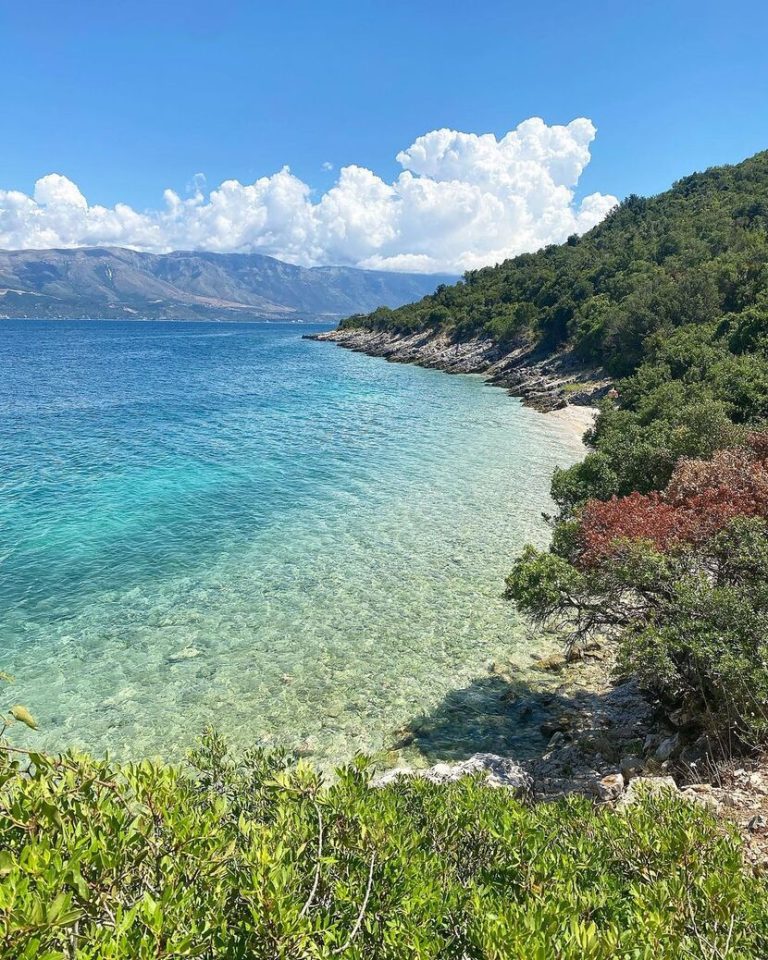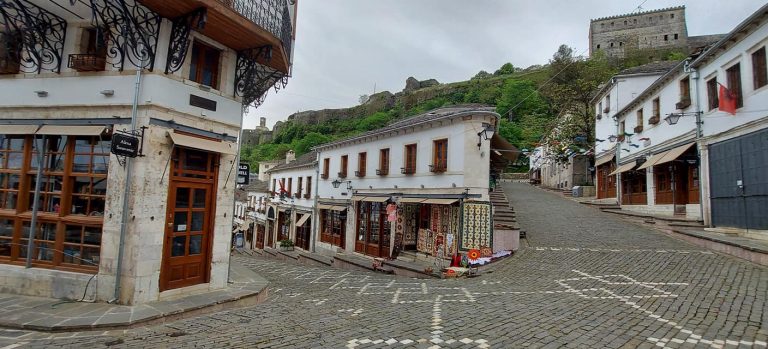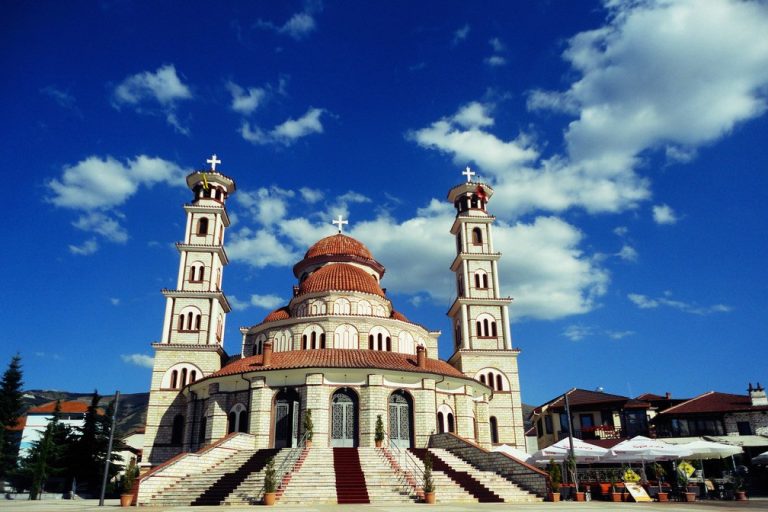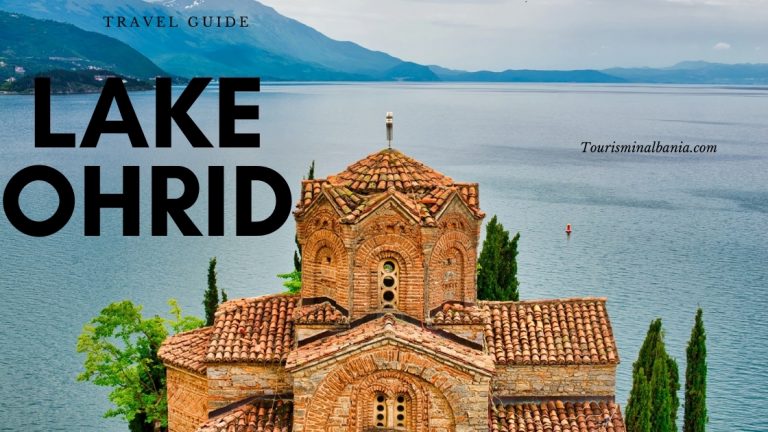5 Best things to do in Pogradec, Albania
The city of Pogradec is located in the south-eastern part of Albania, along the shores of Lake Ohrid, the deepest lake in the Balkans.
The border with Macedonia is only 5 km from the city center. Pogradec is one of Albania’s favorite tourist resorts because of the pleasant climate, the extraordinary alpine landscape with ample sunbathing opportunities, swimming, fishing, water sports, etc… The other mountains of Kamja and Guri Topit overlook the city as if they were a crown.
Archaeological excavations on the hill above the town have brought to light an Illyrian settlement from the 5th century BC. Drilon, the name of the river that flows into the lake near the village of Tushemisht, is mentioned in early texts of antiquity.
On top of the hill overlooking Pogradec is an ancient Illyrian fortress named Encheleana. In the Middle Ages, this fortress was rebuilt, and the place was renamed by the Bulgarians, who invaded south-eastern Albania in that period.
During the 18th century under Turkish rule, the town became an administrative center, but it was largely destroyed during the First and Second World War; however, several characteristic houses have been preserved as cultural monuments.
One of the first Albanian language schools was opened in Pogradec. For a long time, the city was the favorite summer getaway from many government officials during the communist period.
Worth mentioning is the local ‘Koran’ fish, very tasty and only found in Lake Ocrida. Other rare species of fish, birds, fauna and other wildlife can be found in the lake and the surrounding area.
Attractions include the town of Drilon, famous for its natural beauty, the ruins of the Illyrian settlement, and a Christian basilica from the 5th century with beautiful mosaics found in the lakefront village Lin. In ‘Selca e Poshtme,’ you can see Pelion’s ancient settlement, where the Illyrian kings lived, and four monuments and tombs from the 4th century BC engraved on a rock.
In 1980 Lake Ohrid and the surrounding area were declared a UNESCO World Heritage Site and World Culture Site.
Best things to do in Pogradec
Ohrid Lake
Lake Ohrid was known in ancient times as Lacus Lychnidus. It is the second-largest lake in Albania. It has a total area of 349 square kilometers. Its maximum depth reaches 286 meters.
It is one of the deepest lakes in the Balkans. The lake is known for its purity and transparency, home to two unique and delicious trout species, the Koran and Belushk.
The Mosaics of Lin Basilica
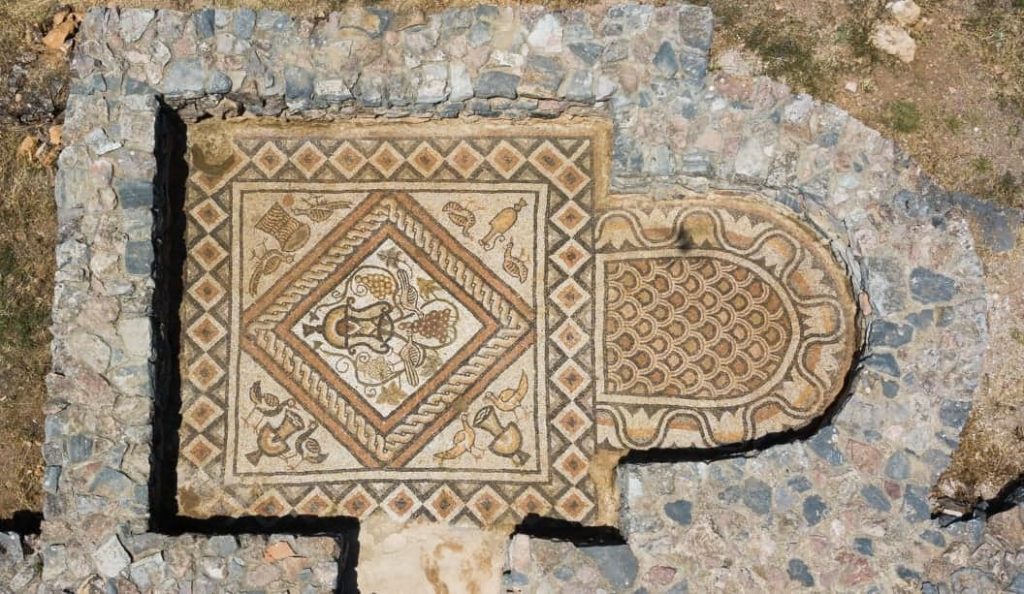
The archaeological site is located on the hill of the village of Lin north of Pogradec. The site was once an important settlement and fortress of the ancient Illyrian tribes that lived throughout Lake Ohrid.
The site is mostly not yet fully excavated; however, the beautiful mosaics and exposed sections of the ancient walls offer visitors a glimpse of the hidden treasures that lie underground. The views of the lake and the surrounding mountains of the hill above Lin are stunning.
Drilon water sources
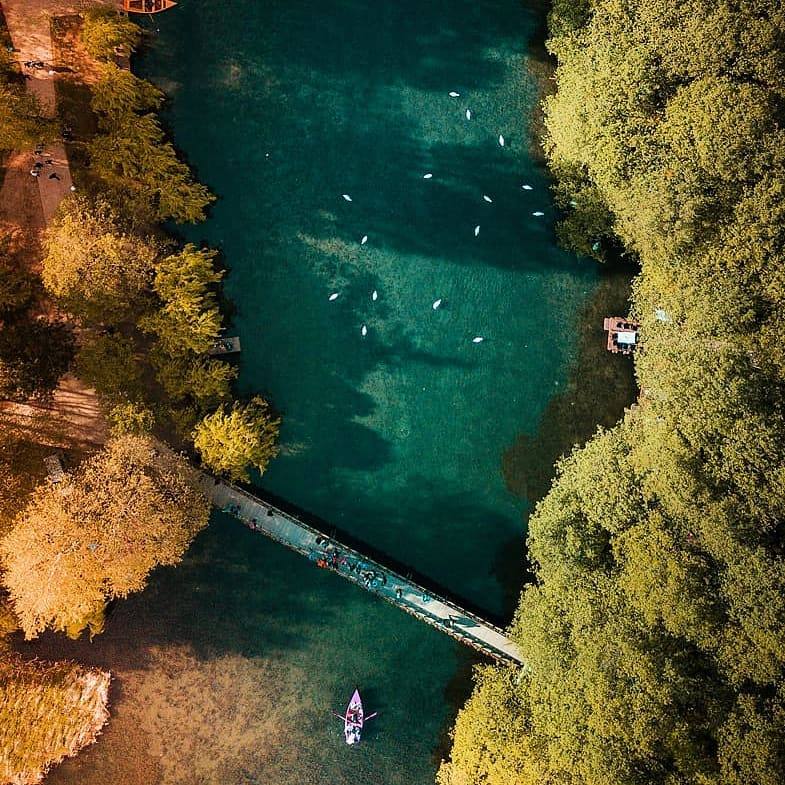
They are located near Tushemisht and Gurras, 4km from Pogradec, at the hills’ foot, and offer a wonderful view. This natural monument can be visited if you follow the Pogradec-Dogane-San Naum road. It is a great spring that continues to flow in the lake of Ohrid. The water comes from Lake Prespa through the ‘dry’ mountain. It is surrounded by dense vegetation and fauna.
Golik Bridge
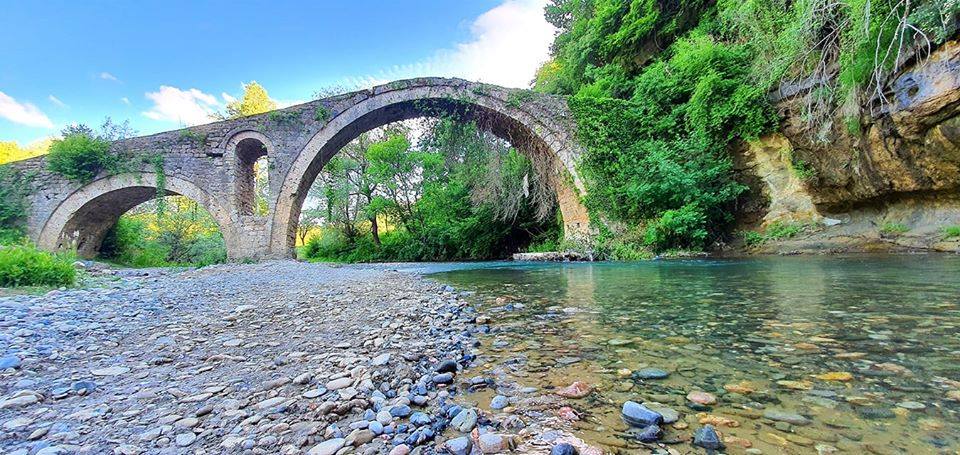
The Golik Bridge is an archaeological site 40 km from Pogradec’s town, on the shores of the Shkumbin River in the village of Golik. It is 17m long, 3m wide, and 10m high.
It is the work of art of the old road ‘Via Egnatia.’ It was built in the second century and is classified as a first-class cultural monument. E’ a bridge with two semicircular arches: one of these is a discharge gate (also with a semicircle).
The bridge is built with carved stones, where the lower part of the arch has a big, beautifully carved part, not only for the aesthetics but to make the structure more solid and stronger.
Church of Santa Marena

The Church of Santa Marena is a monument of culture established in 1660. It was rebuilt in 1754 and decorated with frescoes and icons by the famous master Konstantin Shpataraku.
St. Marena’s Day is celebrated on July 17 every year, with dozens of believers developing the traditional pilgrimage. After visiting St. Marena’s cave and bathing in the nearby waters, they spend the night at the church following the annual rite.

